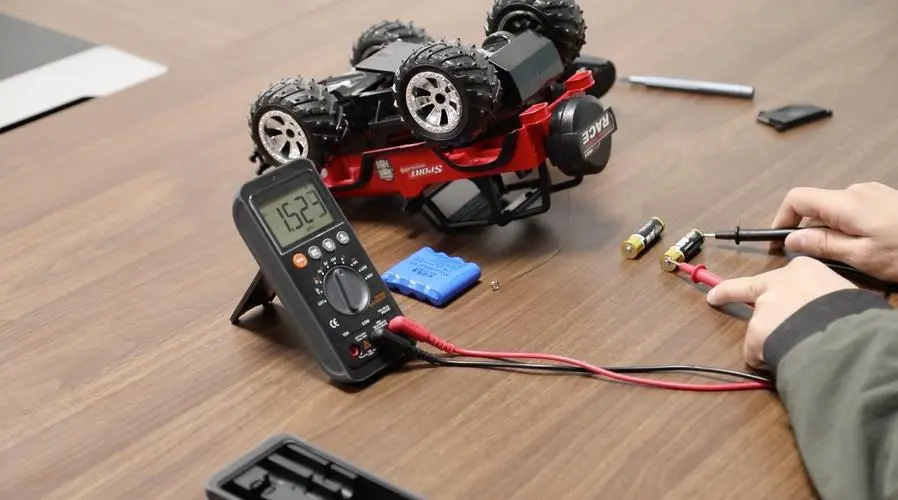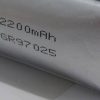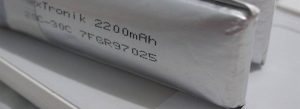How to test Lithium-ion batteries with a multimeter
Batteries play a vital role in our daily activities and are needed all over the world. Therefore, maintaining the battery is always good, you have to get a lot of benefits. The battery maintenance process is simple and anyone can manage it.
One of the main areas of battery maintenance is battery testing. This is the best way to understand the condition of the battery and to diagnose the important causes of certain battery failures. One of the devices we use to test the battery is a multimeter.
A multimeter is an electronic device that measures current, voltage, and resistance. The multimeter is also known as voltage-ohm-milliammeter, abbreviated as VOM. There are two types of multimeters, an analog multimeter that uses a moving pointer to display readings, and a digital multimeter with an LED display to display accurate readings.
The most common multimeter is the digital multimeter, which is easy to use and can take readings without a problem. It’s best to test your battery at least once a month, as it can help you know when your battery is getting weak. So in this excellent article, we’ll learn about the process of testing a battery using a multimeter.
How to Test Lithium-ion Battery With a Multimeter
The process of testing a battery with a multimeter is manageable, but you don’t need to wait until the battery is almost dead to start rushing the test. It is good to test a battery even in excellent condition to discover its normal and abnormal state.
Drill batteries perform an important task, especially in areas where there is no electricity. However, cordless drill batteries will run out after a period of time and may need to be replaced. A damaged battery can cause battery performance to deteriorate over time.
Therefore, it is important to test the battery with a multimeter before replacing it. The lithium-ion drill battery testing process is as follows.
Be sure to plug the battery into a power source and charge it for at least 45 minutes before testing the battery. When you are ready to use the multimeter, unplug the battery.
Connect the multimeter probes to the positive and negative terminals of the battery. When doing this, you need to pay attention to the symbol on the terminal. The red pen of the multimeter must be connected to the positive terminal and the black pen must be connected to the negative terminal.
After connecting the multimeter probe, monitor the multimeter’s LED display. The voltage indicator will show the voltage of the battery at that time. A fully charged battery must indicate a voltage slightly higher than the voltage listed on the battery. For example, a 12-volt battery will indicate approximately 12.6 volts when fully charged.
If you find that the voltage shown on the multimeter is exactly the same or lower than the listed rating, you should be prepared to replace the battery. This is an indication that the battery is about to be depleted. However, there are steps you can take to rejuvenate the battery. A rejuvenation will buy you time, but it will not restore the battery to its factory settings.
However, if the multimeter indicates high voltage but the battery is dead after a short charge, it is best to diagnose the possible cause of the battery problem. It is wise to take the battery to a tool repair store for further testing and repair.
At what voltage does a lithium-ion battery bad
Any battery you buy will degrade over time due to reduced charge and discharge cycles. The voltage of the battery decreases over time to the point where the battery cannot be used for long periods of time.
For a 3.4V battery, the maximum voltage is usually 4.2 volts, and decreases to about 3.7 volts over time. The battery stays at 3.7 volts for most of its life. However, once the battery voltage drops to 3.4 volts, the battery will reach its final destination. The battery will begin to show signs that it is no longer providing you with any service.
Once the battery reaches 3.0 volts, the cutoff circuit will disconnect the battery. You will no longer charge or discharge the battery. Therefore, you can use a voltmeter or multimeter to check if the battery is dead. It is advisable to replace the battery as soon as the voltage is found to be lower than that listed by the manufacturer on the battery.






Add comment